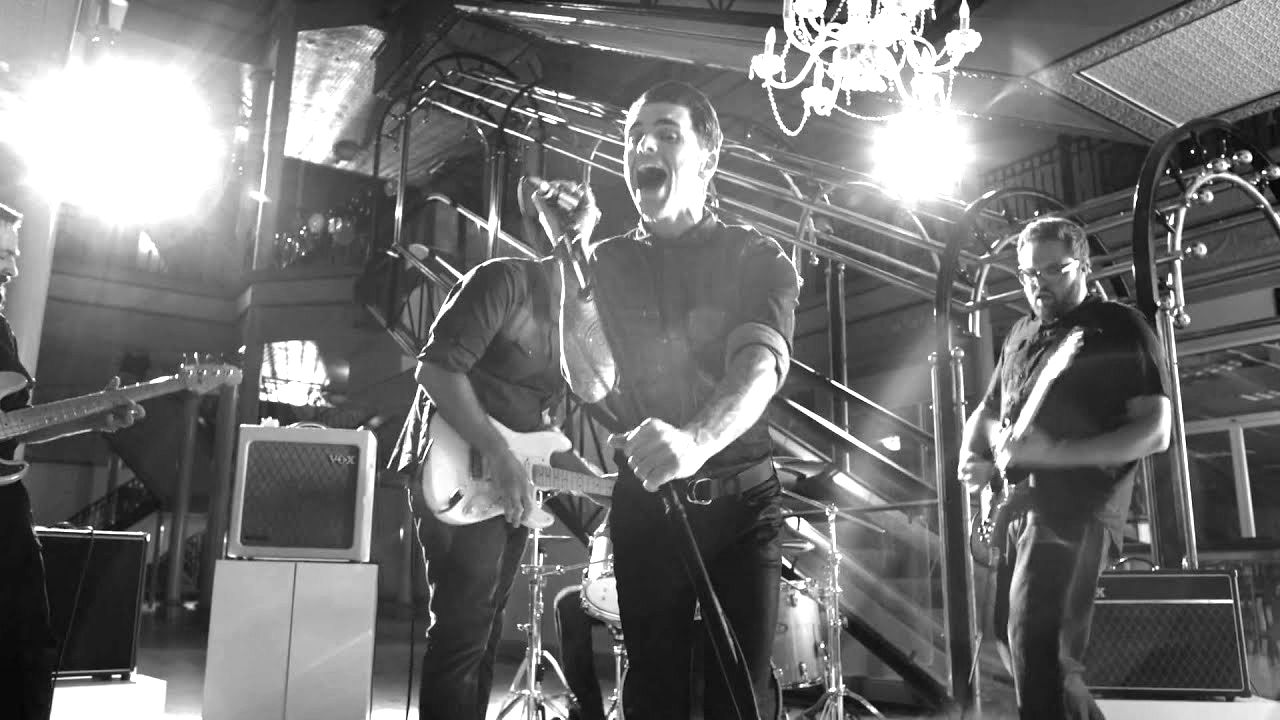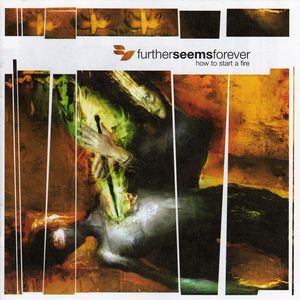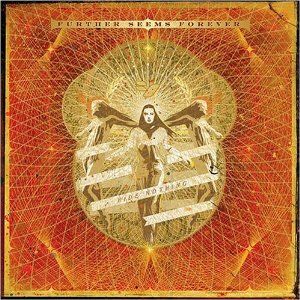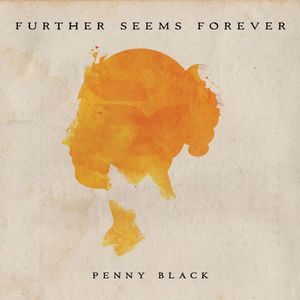

Further Seems Forever
Follow Your Favorite Band Today!
Top Further Seems Forever Community Posts
Albums
Story of Further Seems Forever
Further Seems Forever: A Rock Band's Rollercoaster Ride
Further Seems Forever, hailing from Pompano Beach, Florida, burst onto the scene in 1998. Their initial eight years were a whirlwind of lineup changes, with each of their first three albums featuring a different lead vocalist.
The band's journey began with Chris Carrabba, whose emo-tinged vocals graced their debut album, "The Moon Is Down" (2001). However, Carrabba soon departed to form Dashboard Confessional, leaving a void filled by Jason Gleason for their sophomore release, "How to Start a Fire" (2003). Gleason's tenure proved short-lived, and he was replaced by Jon Bunch, formerly of Sense Field, who fronted their third album, "Hide Nothing" (2004).
The band called it quits in 2006, but four years later, they reunited, with Carrabba back on vocal duties. Their fourth album, "Penny Black," released in 2012, marked a return to their roots.
While often categorized as indie rock and closely associated with the emo genre, Further Seems Forever's sound also drew connections to Christian rock. This association stemmed from the members' faith, recurring Christian themes in their lyrics, their affiliation with Tooth & Nail Records, and their appearances at Christian festivals like Cornerstone and Furnace Fest. However, the band maintained that they weren't a strictly Christian act, but rather a rock band with Christian members.
Further Seems Forever's story is a testament to the enduring power of music and the ever-evolving dynamics of a band's journey. Through lineup changes, stylistic shifts, and genre classifications, their music continues to resonate with listeners, leaving a lasting impact on the rock scene.
Bands you may like
More Indie Rock Bands
Explore Indie RockDiscover more bands in the Indie Rock genre and explore the diverse sounds that define this musical style.
Browse All Indie Rock BandsMore Bands from United States
Explore United StatesDiscover the rich musical heritage of United States and explore bands that represent the country's unique sound and culture.
Browse All United States Bands



